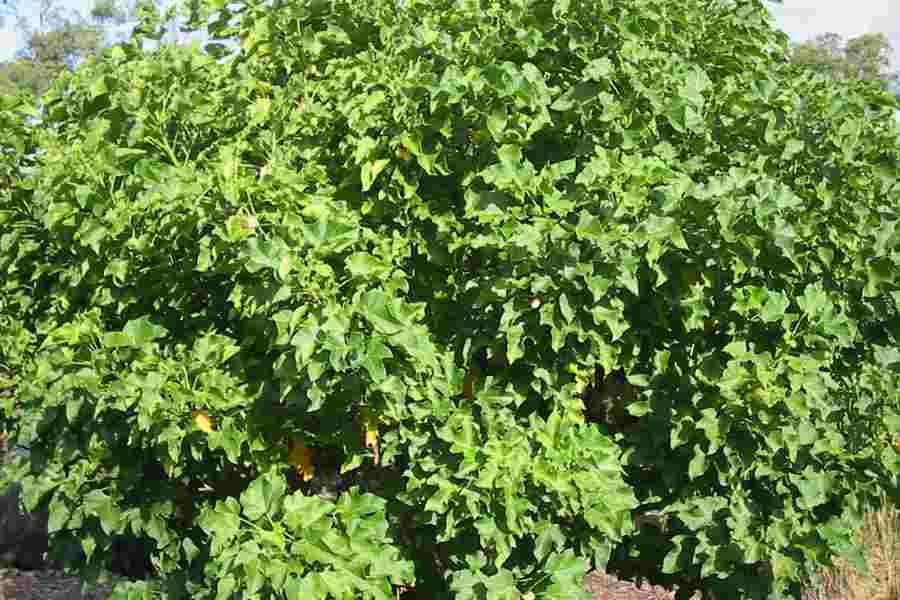Jatropha A Feasible Alternative Renewable Energy
페이지 정보
작성자 Karolyn 작성일 25-01-10 10:58 조회 235 댓글 0본문
Constantly the biodiesel market is searching for some alternative to produce renewable energy. Biodiesel prepared from canola, sunflower and jatropha can replace or be combined with standard diesel. During first half of 2000's jatropha biofuel made the headings as an incredibly popular and appealing option. It is prepared from jatropha curcas, a plant types belonging to Central America that can be grown on wasteland.
Jatropha Curcas is a non edible plant that grows in the deserts. The plant grows extremely quickly and it can yield seeds for about 50 years. The oil received from its seeds can be utilized as a biofuel. This can be combined with petroleum diesel. Previously it has been utilized twice with algae mix to fuel test flight of airlines.
Another favorable approach of jatorpha seeds is that they have 37% oil material and they can be burned as a fuel without fine-tuning them. It is also used for medical function. Supporters of jatropha biodiesel say that the flames of jatropha oil are smoke complimentary and they are successfully checked for basic diesel motor.
Jatropha biodiesel as Renewable resource Investment has actually attracted the interest of lots of business, which have actually tested it for automotive usage. Jatropha biodiesel has actually been road checked by Mercedes and 3 of the cars and trucks have actually covered 18,600 miles by using the jatropha plant biodiesel.
Since it is due to the fact that of some downsides, the jatropha biodiesel have not thought about as a fantastic renewable resource. The most significant issue is that no one understands that just what the performance rate of the plant is. Secondly they do not know how large scale growing might impact the soil quality and the environment as a whole. The jatropha plant requires five times more water per energy than corn and sugarcane. This raises another problem. On the other hand it is to be noted that jatropha can grow on tropical environments with annual rains of about 1000 to 1500 mm. A thing to be noted is that jatropha curcas needs correct watering in the first year of its plantation which lasts for decades.

Recent survey says that it holds true that jatropha can grow on with little water and poor nutrition. But there is no evidence for the yield to be high. This might be proportional to the quality of the soil. In such a case it may require high quality of land and may require the very same quagmire that is dealt with by a lot of biofuel types.

Jatropha has one primary downside. The seeds and leaves of jatropha are poisonous to human beings and livestock. This made the Australian federal government to prohibit the plant in 2006. The federal government declared the plant as invasive types, and too dangerous for western Australian farming and the environment here (DAFWQ 2006).
While jatropha curcas has stimulating budding, there are number of research study difficulties remain. The value of detoxing needs to be studied since of the toxicity of the plant. Along side a methodical study of the oil yield need to be carried out, this is very important since of high yield of jatropha would probably needed before jatropha can be contributed considerably to the world. Lastly it is also really essential to study about the jatropha types that can endure in more temperature level environment, as jatropha is very much restricted in the tropical environments.

댓글목록 0
등록된 댓글이 없습니다.




